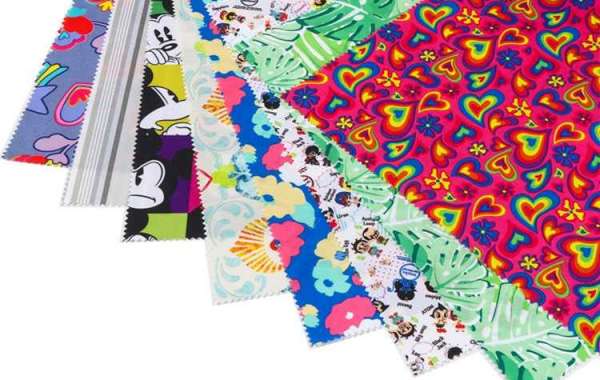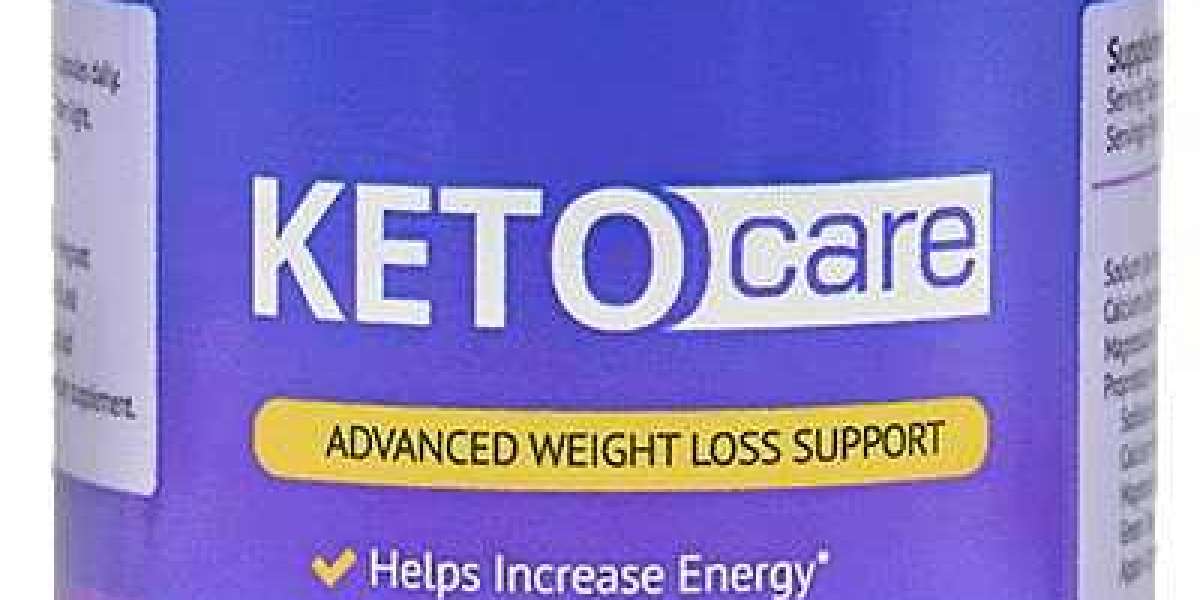The so-called printed fabric is a process in which dyes or paints are made into color pastes and partially applied to textiles to print patterns. The processing method used in order to complete textile printing is called the printing process.
Pigment printing is a printing method in which a strong, transparent, and wear-resistant film is formed on the fabric with the help of high molecular polymers, thereby mechanically fixing the coating on the fabric. A printing method in which water-insoluble colored substances are used to form a strong, transparent, and wear-resistant colored film on the fabric and the coating is mechanically fixed on the fabric.
In terms of the mechanism of dyeing fibers on dyes, printing and dyeing are the same, except that the dye of a certain color in the printing is partially applied to the textile according to the pattern requirements, and the dye and textile materials produce physical, chemical or physical The combination of chemistry enables the textile material to obtain bright and firm color. Therefore, dye printing can also be said to be "partial dyeing".
By comparing the hardness difference between printed and unprinted parts on the same fabric, pigment printing and dye printing can be distinguished. The pigment-printed area feels a little harder than the unprinted area, maybe a bit thicker. If the fabric is printed with dyes, there will be no significant difference in hardness between the printed and unprinted parts.
As a professional fabric manufacturer, Hangzhou Xiaoshan Zhengda Textile Co., Ltd. can provide you with PVC/PU coated fabrics. Please consult us for more details.






